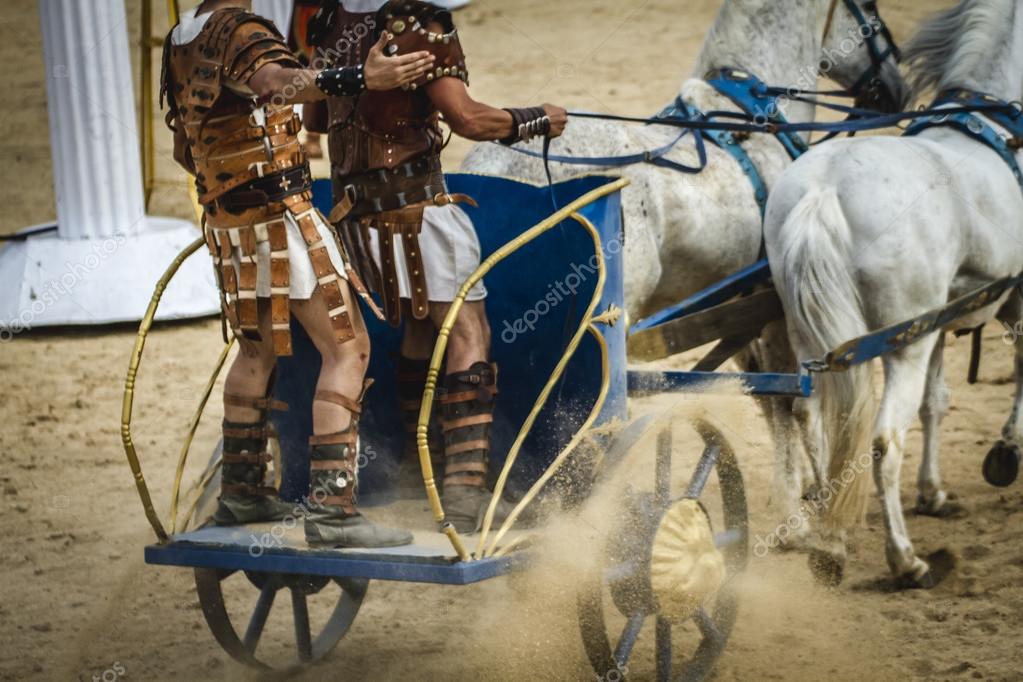
They usually received a good amount of money from the betting as well.įor entertainment, dogs, ostriches, or camels might be used in Rome to pull the chariots around the Circus Maximus. The winner received palms and crowns as a prize. Each lap was marked with bronze dolphins that were lowered as the laps were finished. The chariots ran counter-clockwise around the track for seven laps.

Many were caused by tricks from opponents. If the chariot crashed the driver had to use a hooked knife to cut the reins. The reins were wrapped around the driver's waist so that he could lean back and whip the horses without falling. The drivers wrapped their reins around their bodies and took off. The gates were opened simultaneously after the magistrate gave the signal. Alongside the gladiatorial fights, the Romans also loved chariot racing.The fans were divided into specific factions (factiones), depending on the colours.In Rome, four such fan clubs were classically distinguished: red (russata), green (prasina), white (albata) and blue (veneta). Each chariot was pulled by two to four horses.Īt the Circus Maximus twelve starting boxes were available. One to three chariots ran for each faction. It was the earliest circus in the city of Rome. The main center, known as Circus Maximus, measured 2,037 ft. Each faction was identified by the color tunic the charioteer wore: Greens, Blues, Reds, and Whites. During the Roman period chariot races commonly took place in a circus. Professional charioteers were hired by the factions. The people attending the races bet on the factions not on the horses. The factions owned horse ranches and organized bets.

The races were run by groups called factions. The chariot races were a popular form of entertainment.


 0 kommentar(er)
0 kommentar(er)
